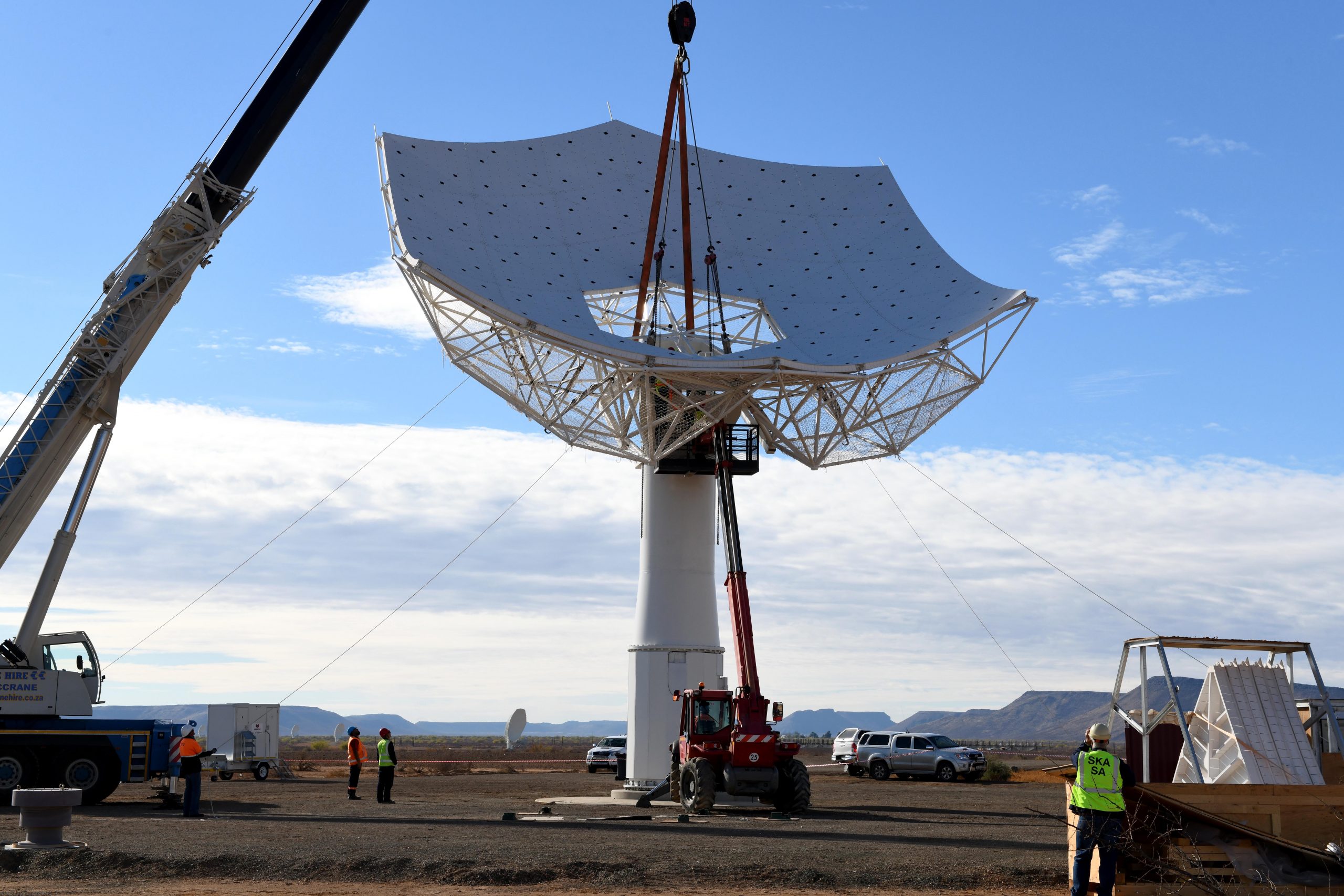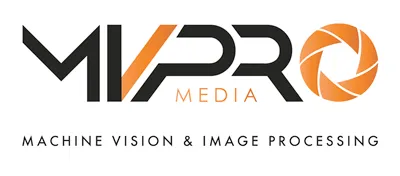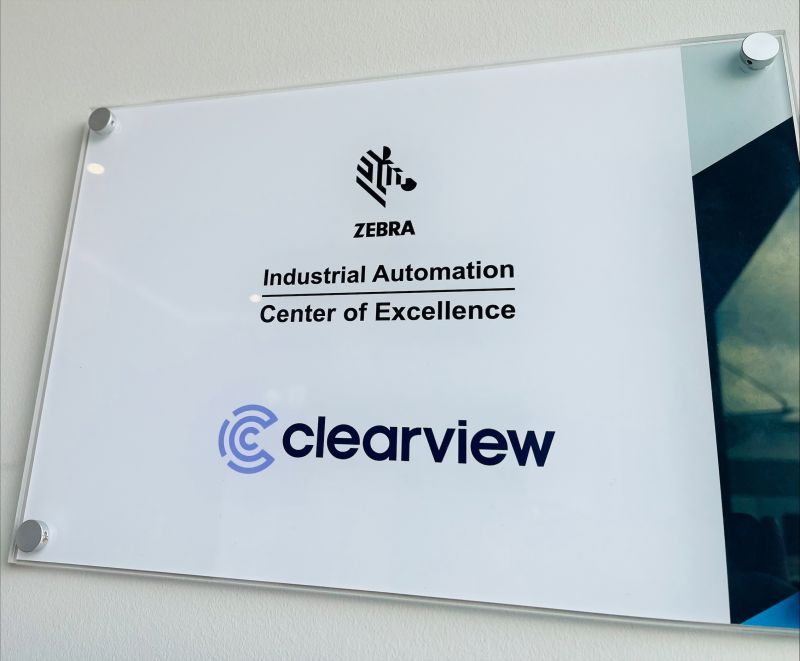At a meeting of its Council last week, the recently formed SKA Observatory (SKAO) saw its Member States approve the start of construction of SKA telescopes in Australia and South Africa, forming the radio telescope network. The two telescopes, named SKA-Low and SKA-Mid for the radio frequency range they each cover, will be the two largest and most complex networks of radio telescopes ever built.
The SKAO says that there is “excitement in the science community about using the SKA telescopes to answer some of the most fundamental questions about our Universe”, with a March SKAO Science Meeting recording close to 1,000 scientists taking part. Eleven international consortia representing more than 100 institutions including research labs, universities and companies from around the world, designed the antennas, networks, computing, software, and infrastructure needed for the telescopes to function.
The decision to approve construction follows the creation of the SKAO as an intergovernmental organisation earlier this year, and the publication of two key documents: the Observatory’s Construction Proposal and Observatory Establishment and Delivery Plan. The documents are the culmination of over seven years of design and engineering work by more than 500 experts from 20 countries to develop and test the technologies needed to build and operate state-of-the-art telescopes.
“I am ecstatic. This moment has been 30 years in the making”, said SKAO Director-General Prof. Philip Diamond. “Today, humankind is taking another giant leap by committing to build what will be the largest science facility of its kind on the planet; not just one but the two largest and most complex radio telescope networks, designed to unlock some of the most fascinating secrets of our Universe”.
The SKAO says the radio telescope network will produce “tangible societal and economic benefits for countries involved in the project through direct and indirect economic returns from innovation and technological spin-offs, new high-tech jobs and boosted industrial capacity, among others”. The impact prospect of the SKA Project (detailed in the Construction Proposal) outlined the benefits to the Member States and their communities.

Australia, China, Italy, the Netherlands, Portugal, South Africa and the United Kingdom recently completed the ratification process of the SKAO treaty as the seven initial signatories. France and Spain move towards membership of the Observatory whilst the Ecole Polytechnique Fédérale de Lausanne have entered into a cooperation agreement on behalf of Switzerland, with the Swiss government announcing its intention to eventually join the SKAO, pending approval from Parliament on the funding required for the participation of Switzerland until 2030.
Other countries, including those that also took part in the design phase of the SKA telescopes (Canada, Germany, India, and Sweden), and other more recent joiners such as Japan and South Korea, complete the list of Observers in the Council.
The cost of constructing the two telescopes and the associated operations and business-enabling functions will be two billion euros over the period 2021 – 2030. The procurement of major contracts for the SKA telescopes will start immediately, with 70 contracts to be placed by the SKAO within its Member States, with competitive bidding taking place within each country.
The first significant activity on site is due to happen early next year, with the construction of the telescopes lasting until 2028. Early science opportunities will start in the next few years, taking advantage of the nature of radio telescope arrays, also known as interferometers, which allow observations with only a subset of the full array. The telescopes are planned to have a productive scientific lifetime of 50 years or more.
You can find more information about the world’s largest radio telescope network on the SKAO website.
Stay up to date with the most recent automation, machine vision, and robotics news on MVPro. Read the best stories every Friday with our newsletter.
















